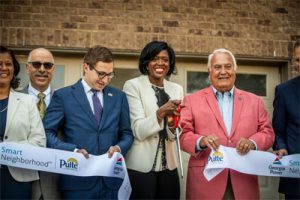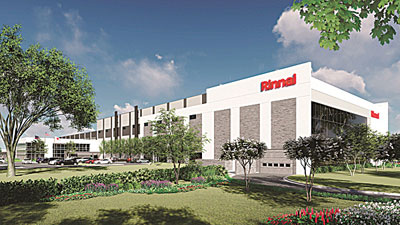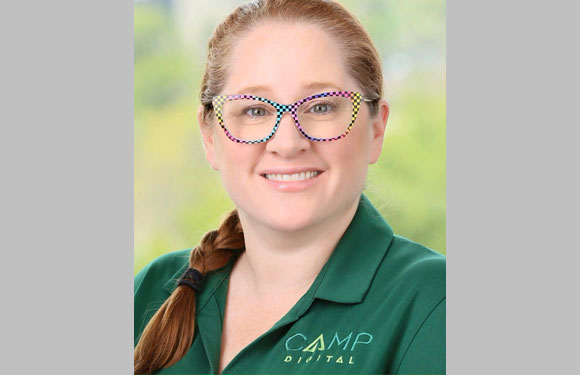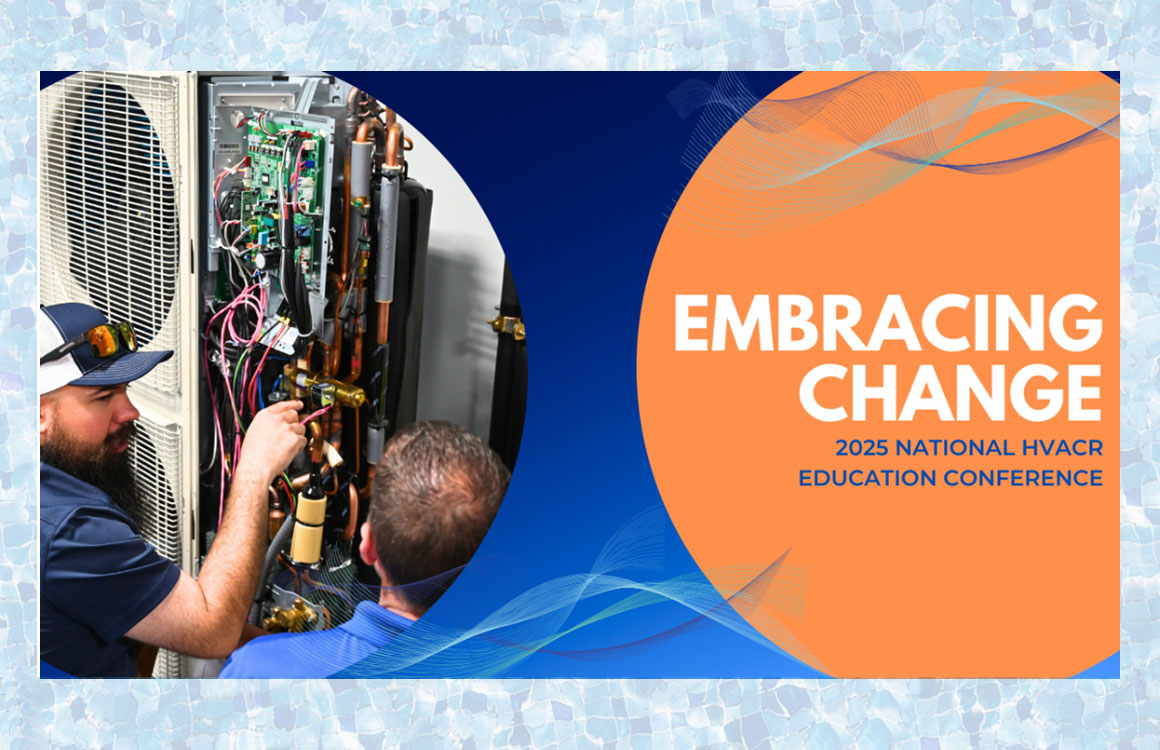
Georgia News
Georgia Power Unveils Atlanta’s First Smart Neighborhood
The U.S. Department of Energy (DOE) recently helped unveil a new community of 46 smart townhomes in Atlanta. Acting Deputy Assistant Secretary for Energy Efficiency Alexander Fitzsimmons joined Building Technologies Office (BTO) Director David Nemtzow in Georgia to unveil Atlanta’s newest community, “Altus at The Quarter,” which will serve as a living laboratory for DOE researchers to evaluate how homeowners are using energy in a real-world, smart home environment. This research, along with what is being discovered in Altus’s sibling neighborhood of smart, single-family homes in Hoover, Alabama (Reynolds Landing), is instrumental to understanding how emerging smart technologies and distributed energy resources can impact energy efficiency, energy management and resiliency.

Acting Deputy Assistant Secretary for Energy Efficiency Alexander Fitzsimmons (center-left) cuts the ribbon with Georgia Power Smart Neighborhood stakeholders.
Image courtesy of Southern Company.
The Altus neighborhood, known as the Georgia Power Smart Neighborhood, is a set of townhomes that have been outfitted with solar photovoltaic (PV) panels, batteries, and state-of-the-art, grid-connective, energy-efficient building components and appliances like heat pump water heaters (HPWHs). These components will be managed and optimized by a novel, grid-interactive control system that Oak Ridge National Laboratory (ORNL) developed with support from BTO. If the control system tests succeed, it will have the capacity to optimize home energy use and manage the neighborhood’s major energy users to maximize value for homeowners and grid operators alike.
“One of the most important approaches that EERE has undertaken to improve the efficiency and affordability of energy is an approach that re-frames the way we think about buildings,” said Fitzsimmons, who joined the project team in Atlanta to open the neighborhood. “No longer are we merely searching for ways to maximize efficiency within a building’s walls; we’re working to understand how those buildings influence the power grid to which they’re connected to optimize more than building performance. We are so pleased to see this level of innovation, and it was done without regulation.”
This joint venture is part of BTO’s Connected Neighborhood project that launched in Alabama in 2017. The Georgia Power Smart Neighborhood was developed through a cooperative research and development agreement with DOE (Office of Energy Efficiency and Renewable Energy and Electricity, Office of Electricity, and ORNL); utilities and their subsidiaries (Southern Company and Georgia Power), the Electric Research Power Institute, and Pulte Group Homebuilders.
Reynolds Landing, fully operational since 2017, is the Connected Neighborhood project’s other community of 62 single-family homes in Hoover, Alabama. DOE researchers are comparing two different approaches to test how advanced, energy-efficient building technologies like automated window shades, smart thermostats, HPWHs, and more can be connected to each other and their community-scale or home-scale microgrids. Once connected, researchers can test how this connectivity works with the neighborhood’s distributed power and energy storage systems to manage and optimize the performance of these entire neighborhoods.
In the Atlanta neighborhood, ORNL’s researchers are working to identify the optimal conditions across the home’s building components and technologies that minimize energy use while maximizing value for homeowners and the grid. The Reynolds Landing’s microgrid, however, is not isolated from the main power grid; its single-family homes receive energy from the existing electric grid and the microgrid’s mix of solar panels, batteries, and a natural gas generator.
So far, researchers have found that these homes use 39% less energy than a sample of comparable, new construction homes in the Birmingham metro area – a finding that has exceeded what the team’s building models had initially anticipated. Researchers are also learning that Reynolds homes reduced their collective demand for electricity on the coldest day of the year by 70% from what a traditional, all-electric community would have otherwise needed. That’s a significant result, especially in the American context, where residential and commercial buildings consuming approximately 75% of the nation’s electricity use and account for 40% of its total energy demand.
Each neighborhood provides a snapshot of the communities of the future, and this project is one of many that BTO is undertaking to establish the foundational technologies that future buildings will need to communicate with one another, across the grid, to collectively and instantaneously provide a suite of grid services that utilities only enjoy from their traditional assets today.
“Grid-interactive efficient buildings like these in our Atlanta and Hoover neighborhoods go beyond energy efficiency in that they’re advanced and able to not only harness the flexibility of their equipment and loads, but to deploy that flexibility in ways that also benefit the grid,” Nemtzow said. “Grid-interactive buildings can improve the affordability and sustainability of energy by helping utilities reduce peak demand periods that are particularly costly and stressful for utilities to manage and for consumers to pay on their energy bills. This efficiency, in turn, helps reduce energy waste.”
The field validation of new or underutilized building technologies and solutions in the field is a critical step that mitigates the risk for other adopters in the marketplace. By providing data from real-world settings, demonstration projects provide building owners with the confidence they need to overcome questions about how the technology will perform. And for researchers, the ability to test in real-world environments – outside of the laboratory and with industry partner input – greatly increases the value and relevance of the National Laboratory research to help shape DOE’s subsequent early-stage research and development efforts in grid-interactive efficient buildings.
Learn more about BTO’s Grid-interactive Efficient Buildings Initiative and what’s possible in the next generation of our buildings.














